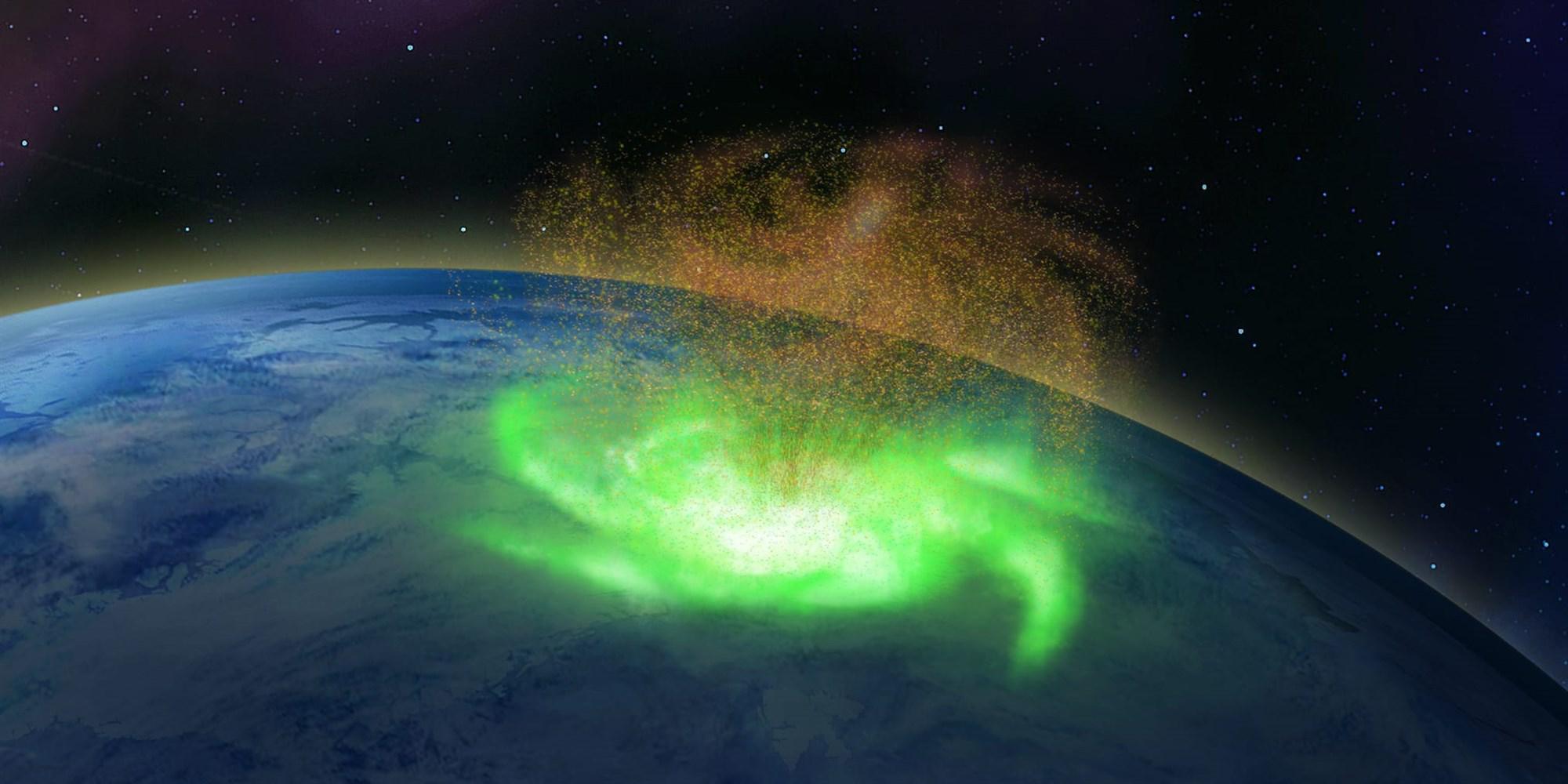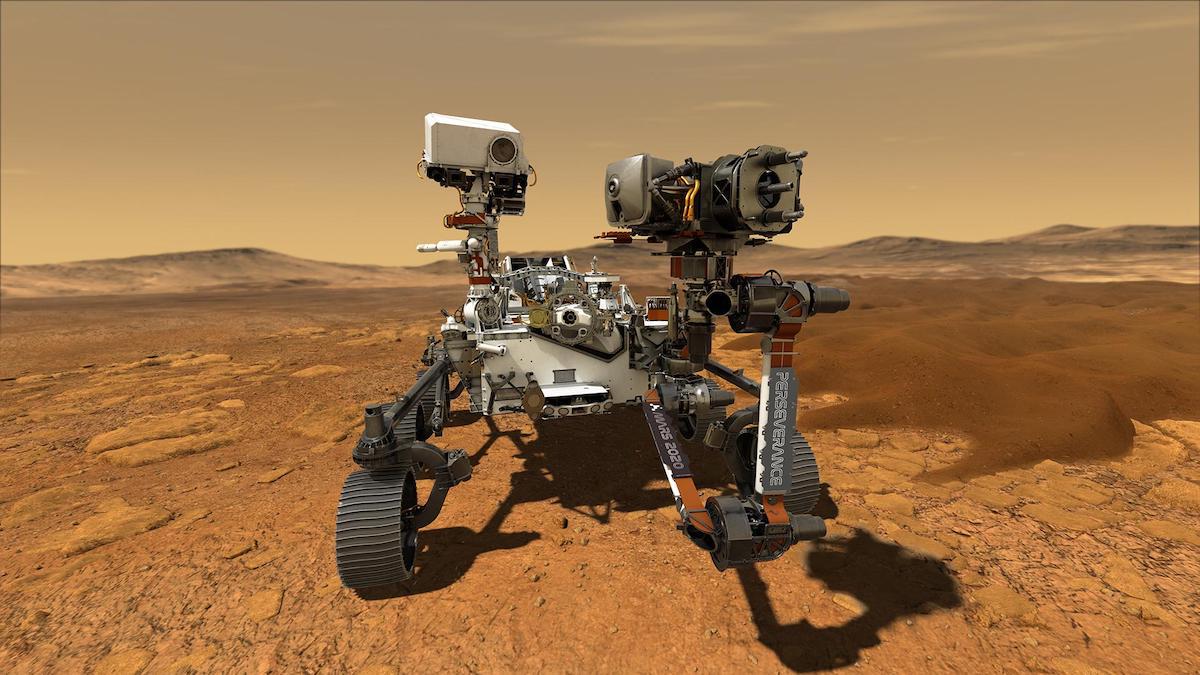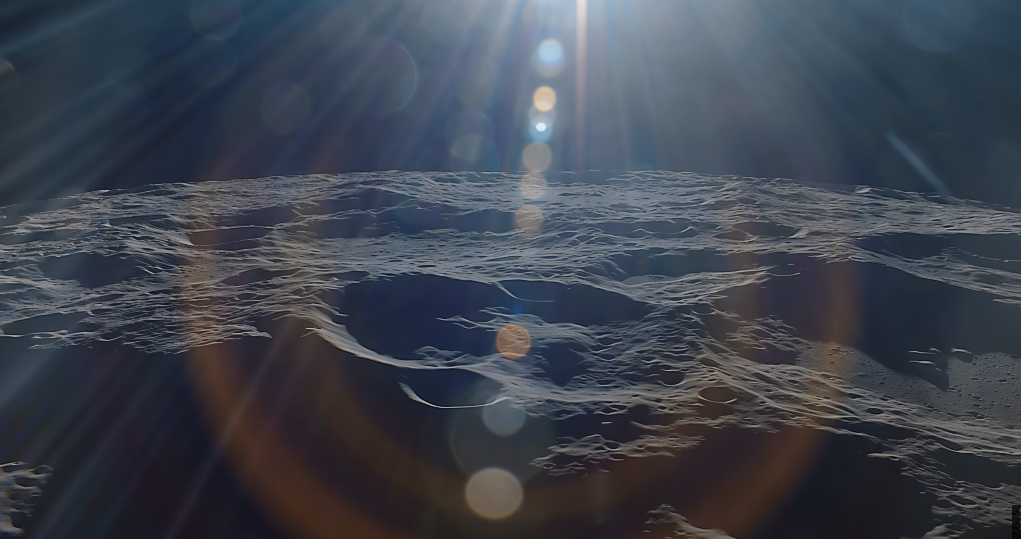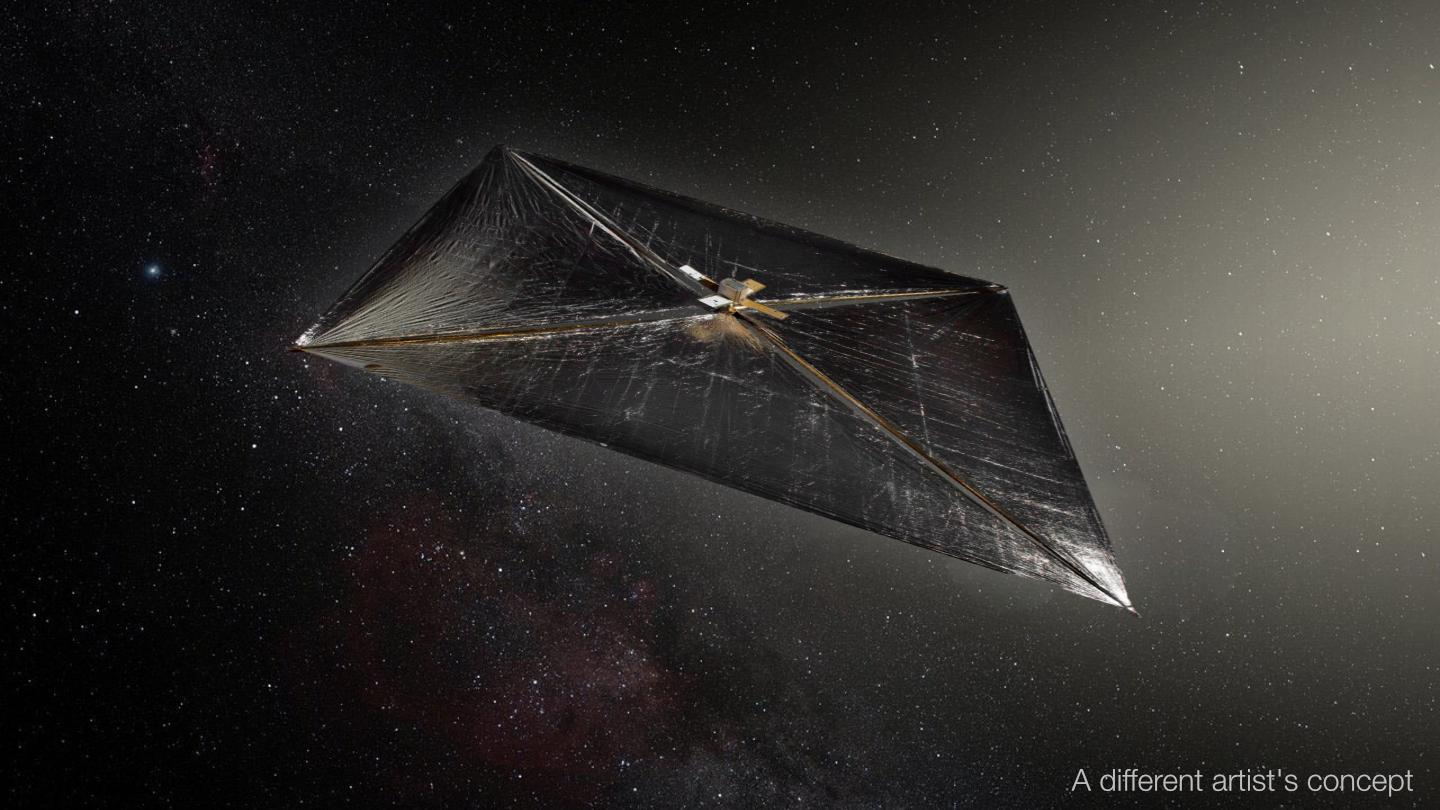Hard Science
All Stories
Creating an afterlife—or a simulation of one—would take vast amounts of energy. Some scientists think the best way to capture that energy is by building megastructures around stars.
The controversy over the universe’s expansion rate continues with a new, faster estimate.
The rock, found in the Sahara, likely comes from a long-lost baby protoplanet.
A reversal in Earth’s magnetic field 42,000 years ago triggered climate catastrophes and mass extinctions. Can the field flip again?
This storm rained electrons, shifted energy from the sun’s rays to the magnetosphere, and went unnoticed for a long time.
It may be old tech, but it’s super-reliable.
Starling flocks, schools of fish, and clouds of insects all agree.
The results could help NASA’s Perseverance rover find evidence of ancient life on Mars.
A unique star system where exoplanets orbit their star backwards located by researchers.
A study says nature’s candy can be a valuable supplement to sunblock.
One galaxy may have eaten one of its slightly smaller, more primitive neighbors.
The UAE is the first Arab nation to send a spacecraft to the Red Planet.
A study of europium crystals shows the planet was mostly flat during its middle ages.
A new study found the possible reason why some dwarf galaxies appear to not have dark matter.
Scientists with the the Dark Energy Spectroscopic Instrument (DESI) Legacy Imaging Surveys spent six years creating a detailed map of more than 1 billion galaxies.
Get the answer from two physicists who study black holes (albeit from a safe distance).
Artist Seán Doran recently created more than eight hours of high-definition video using images captured by Japan’s SELENE lunar orbiter.
A new model of plate tectonics offers a chance to look back a billion years with new found accuracy.
A new paper explores how noise from human activities pollutes the oceans, and what we can do to fix it.
Participation in community science programs has skyrocketed during COVID-19 lockdowns.
How do these little beasties detect light anyway?
Radar astronomy is nothing new, but a new transmitter may give us unprecedented image resolution.
Researchers discover strange behavior in magnetars, ultra-powerful magnetic stars.
Ari Loeb, who suggested in 2018 that the mysterious object was an alien craft, is back to discuss the evidence.
A new study analyzed Martian glaciers to discover that the planet had numerous ice ages.
Researchers discover black holes that violate the uniqueness theorem and have “gravitational hair.”
Meet a spectacular new blue—the first inorganic new blue in some time.
Identifying primordial ripples would be key to understanding the conditions of the early universe.
Dr. Katie Mack explains what dark energy is and two ways it could one day destroy the universe.
▸
9 min
—
with
A unique exoplanet without clouds or haze was found by astrophysicists from Harvard and Smithsonian.





























